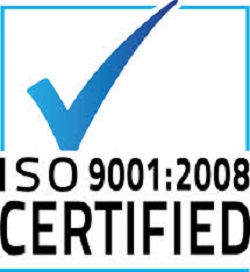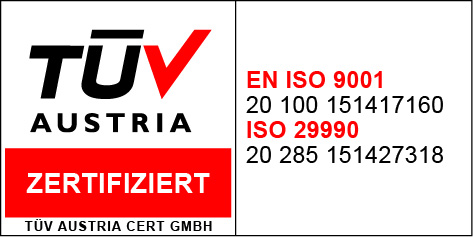


Unit Investment Trust (UIT) — a type of investment company that typically makes a one-time "public offering" of only a specific, fixed number of units. A UIT will terminate and dissolve on a date established when the UIT is created (although some may terminate more than fifty years after they are created). UITs do not actively trade their investment portfolios. Retirement Planning
Retirement Strategies for All Ages: A "To-Do" List A successful retirement depends largely on the steps you take during different stages of your life. Here are some moves to consider. Note: Investment portfolios shown are illustrations only. You must decide what percentages and investments are right for you. Your 20s and 30s (Early Career) Contribute as much as you can to IRAs, 401(k)s, Keoghs and other retirement savings while meeting other goals, such as buying a home or starting a family. Keep your debt from credit cards and other sources manageable. If you don't already own a home, consider if this is a good option for you. While a home purchase can be expensive, it also can be an excellent investment and source of tax breaks. Given your years until retirement, you probably can afford to be fairly aggressive with your investments. Possible portfolio: 60 to 80 percent in stocks or stock mutual funds and most of the rest in certificates of deposit (CDs), bonds, bond funds or money market accounts.
Your 40s and 50s (Mid-Career) Continue putting as much as you can into IRAs, 401(k)s, Keoghs and other retirement savings accounts. Once you reach age 50, you can make "catch-up" (extra) contributions to IRAs, 401(k)s and other retirement savings accounts. If you haven't bought a house already, consider doing so as a source of equity and a place to live in retirement. If you have a mortgage, periodically compare your interest rate to current market rates. If current rates are better, consider refinancing. As you get closer to retirement, consider reducing stock investments and adding more conservative, income-producing investments. Possible portfolio: 50 to 70 percent in stocks or stock mutual funds and most of the rest in CDs, bonds, bond funds or money market accounts. Your Early 60s (Late Career) Ask the Social Security Administration, your accountant or your employer's personnel office to help you determine how much Social Security and pension income you'd get if you "retire early" – and how much you'd lose compared to holding off on retirement Discuss with a financial advisor when to withdraw money from your tax-deferred retirement accounts, such as employer-sponsored retirement plans and traditional IRAs. After age 59 ½, you can withdraw your money without penalty but subject to income taxes. Under IRS rules, you must withdraw a minimum amount from 401(k)s, traditional IRAs and certain other retirement savings plans by April 1 of the year after you reach age 70 ½ and each year after that. There is an exception to the rules for someone still working for the employer who sponsors the plan. Consult with your legal or financial advisors about estate planning – organizing your financial affairs so that your money, property and other assets can go to your heirs with a minimum of costs, taxes and hassles. You may need or want to buy health insurance or long-term care (including nursing home) insurance. Consider the need for disability (wage replacement) or life insurance coverage.
|
Join our Linkedin Group
The GAFM ® Board is the 1st Graduate Certification Body to Become Accredited and Certified for: ISO 9001 Quality and ISO 29990 Training in the World. GAFM ® owns the former AAFM ® Certifications and Programs
|

Home Certifications Board Recognition Requirements Providers About Contact Us Contact Apply AFAPPC GetCertifiedPPC Benefits Chartered Wealth Manager News How To Use Stock Markets Training Calendar FINRA Application Reg. Payments About Old Events CWM Training Program News UBT University Business Technology Saudi Arabia Saudi Arabia - Certification Training Programs 2017 - University Business & Technology In House Training Speakers CEO Message Chartered Certified Economist Certified Financial Analyst FINRA SEC Chartered Wealth Manager Training Verify Member Indonesia Malaysia Guides Informa GAFM Guides Jamaica Qualifying Degrees Global Advisors Membership Mission Ethics Governmental Recognition Links Handbook mfm Financial Planner Program Chartered Economist CCO Higher Institute IP List Become Provider Management Consulting Jobs AAPM TUV Accreditation CWM Chartered Wealth Manager Terms Approved Fin Analyst Degrees Copy of Certification Economics Certification Economics Degrees Management Degrees Finance Degrees Accounting Degrees Exams Renew Certification Continuing Ed Awards Sample Accreditations Honor Society Trademarks Careers Government Jobs Complaint Site Map Mentz George Mentz Lawyer Mentz George Colorado USA Speaker Consultant AFA ® Accredited Financial Analyst Certification CTEP ® Trust and Estate Certification CIPM ® Certified International Project Manager CWM ® Chartered Wealth Manager ® AMA ® Management Accountant Certification AMC ® Management Consulting Certification MMC ® Management Consulting Certification Book







